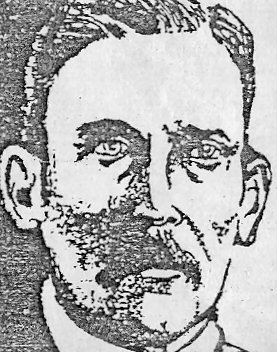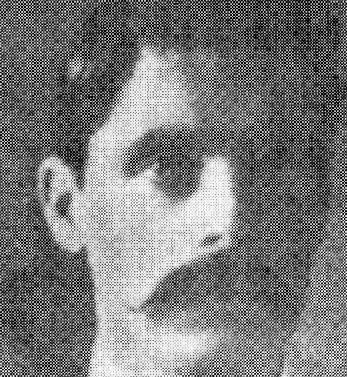That this issue is not a priority for any political party on these islands currently is a matter of great concern. Brexit – and the very real danger of an imminent no-deal Brexit – dominates all, yet this too is most relevant. It is difficult not to conclude that Sinn Fein, in particular, wishes for that outcome, so that opposition (to a United Ireland) within the protestant community will be silenced in the face of economic catastrophe, loss of agricultural and economic support in the form of EU grants, trade and business contraction and increasing danger to the ongoing Peace Process from a porous but ‘hard’ border.
In the North, we have not a single leader in any party of the intellectual status capable of comprehending, much less solving the issues soon to face us. The DUP in particular, bereft of a single leader or potential leader is content in the short term to wallow in their very temporary position of influence nationally. Apart from the ‘cultural’ issues of ever-higher bonfires, indiscriminate loyalist marches and displaying portraits of the Queen, the DUP has a negative agenda only: no Irish Language Act, no abortion reform, no LBGTQ+ rights. Looking South gives little cause for optimism too.
The two decades since the signing of the historic Good Friday Agreement have been totally wasted. A sizable section of the nationalist community is turning away from the established political parties and looking to the burgeoning Civil Forum movement for leadership and inspiration. Try as they do, these good people seem unable to recruit intelligent, concerned and rational civic protestants to the cause. Yet it is less than two years till the 2021 referendum results confirms the inevitability of a pro-nationalist majority in the North, as well as in the South. By then it will be much too late to do the essential groundwork.
No one wants a sizable, obstructionist, malcontent and disaffected unionist minority in an all-Ireland Parliament intent only upon destruction. Yet how now does one mine the positive and progressive from this community which has so much to offer and will find widespread support in all communities for its efforts to maintain the best of British in our future society.
After much pain, anger and uncertainty, protestants (if not their political ‘leaders’) are coming to the realization that they have to reconsider their past and approach their neighbours, not in terms of ‘sell-out’ or ‘compromise’ but as an exercise in influencing the future.
To start, on the imminent ‘celebration’ of its centenary, the Northern state must be viewed as a failed entity which was ever viewed with bemused distaste from London. Today Boris, ever more dependent of the DUP votes, is happy to wrap the flag about him and wine and dine them, but inevitably he will dump them, to the huge relief of the British political establishment which is diminished and embarrassed by their presence.
The North – protestant and catholic alike – has a great deal to offer a future Ireland. It’s time to talk about it.








